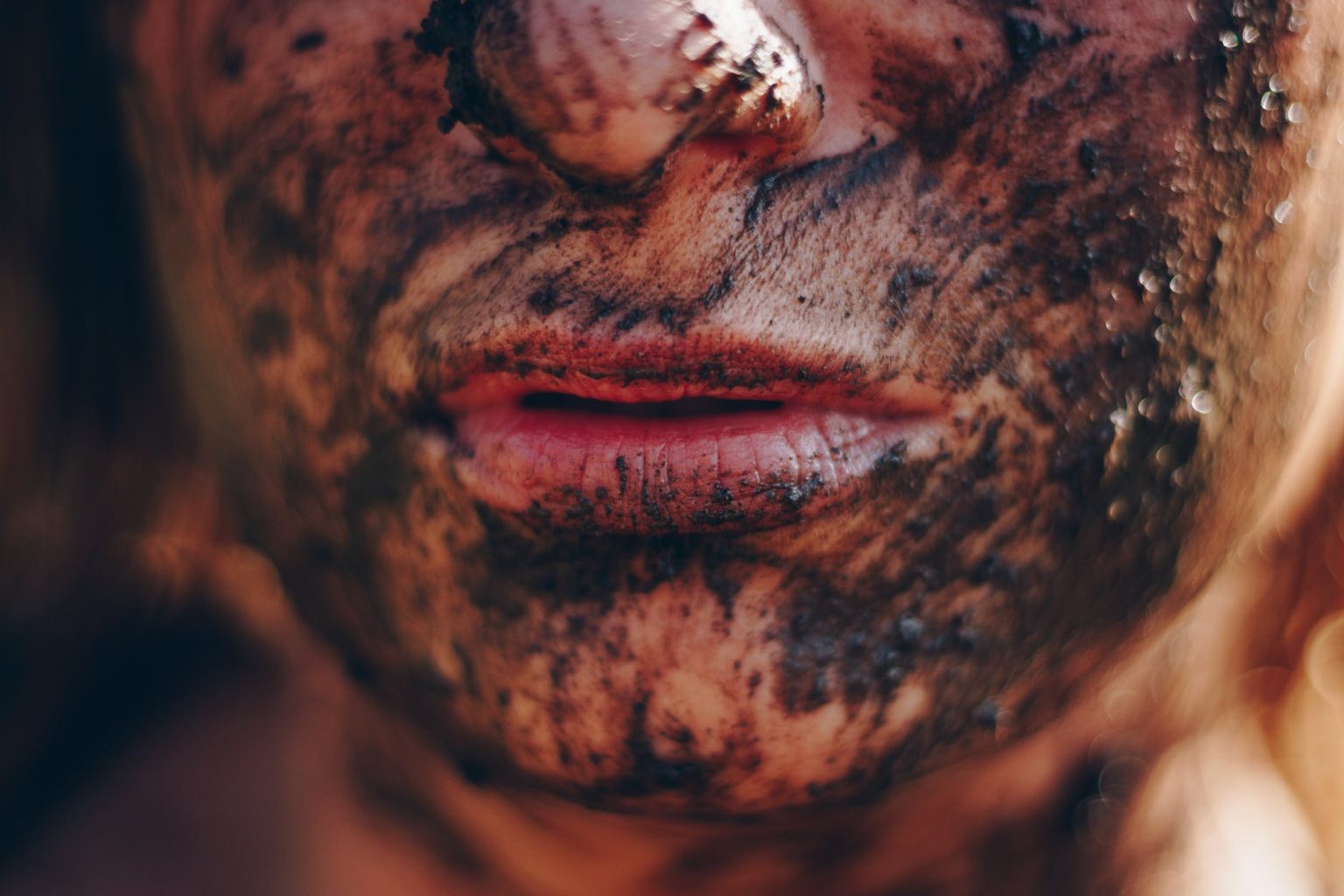Colloidal Silver
Manuela ValentiShare
Common Name
Colloidal Silver
INCI
Silver (Colloidal)
Extraction or Production Process
Colloidal silver consists of fine silver particles suspended in a liquid medium, with particle sizes typically ranging from 1 nanometer (nm) to 1 micrometer (μm). Particles within the 1–100 nm range are classified as nanoparticles.
Colloidal silver is produced by suspending fine silver particles in a liquid, typically through electrolysis, where an electric current passes through silver electrodes submerged in distilled water. This electrolysis process causes silver atoms to lose electrons, forming silver ions that dissolve in the water. Some of these ions gain electrons and revert to neutral silver atoms, which aggregate into nanoparticles. The resulting colloidal solution contains both silver ions and nanoparticles. The size and stability of the silver particles depend on the manufacturing process, influencing their bioavailability and potential toxicity.
Sources
Historically, silver has been used in wound care and antiseptic treatments due to its antimicrobial properties. However, the modern dietary supplement industry and alternative medicine have popularized colloidal silver as a treatment for various conditions without scientific backing.
Country of Origin
Silver has been utilized in traditional medicine across multiple cultures, including ancient Greek, Roman, and Ayurvedic practices. Today, colloidal silver is commercially produced and marketed globally, often without regulatory oversight.
Function
Colloidal silver is promoted as a topical antimicrobial and anti-inflammatory agent in skincare. However, no substantial scientific evidence supports its long-term safety or effectiveness in treating skin conditions such as acne, eczema, or rosacea.
Properties
- Antimicrobial: Silver ions can disrupt bacterial cell membranes, leading to cell death. While this property is utilized in medical-grade silver wound dressings, it does not translate to over-the-counter colloidal silver skincare.
- Anti-inflammatory: Some studies suggest silver may reduce inflammation, but these claims remain inconclusive and lack sufficient human clinical trials.
Benefits (With Scientific Limitations)
- Wound Healing: Silver-infused dressings are used in clinical settings for burn treatment and wound care, but these applications involve controlled, medical-grade formulations, not colloidal silver sold in skincare.
- Bacterial Control: Some in vitro studies suggest silver nanoparticles exhibit antimicrobial properties, but these findings do not justify its inclusion in consumer skincare products.
Contraindications and Precautions
Upon exposure, the silver particles can accumulate in various body tissues and organs, including the skin, liver, kidneys, and eyes. This accumulation can lead to a condition known as argyria, characterized by a bluish-gray discoloration of the skin and mucous membranes. The deposited silver particles, when exposed to light, undergo a photochemical reaction, resulting in this permanent pigmentation.
- Argyria (Permanent Skin Discoloration): Prolonged topical or oral exposure to colloidal silver can cause argyria, a permanent bluish-gray pigmentation of the skin and mucous membranes. The silver particles accumulate in tissues and oxidize under light exposure, leading to irreversible skin discoloration. (Brandt et al., 2005; Wadhera & Fung, 2005)
- Toxicity and Systemic Accumulation: Silver nanoparticles can accumulate in organs and have been linked to neurological, hepatic, and renal toxicity in animal studies. There is no safe threshold for silver accumulation in the human body. (Drake & Hazelwood, 2005)
- Drug Interactions: Colloidal silver reduces the efficacy of certain medications, including antibiotics and thyroid medications, making it a potential health hazard for individuals undergoing medical treatment. (Mayo Clinic, 2022)
- Regulatory Warnings: The U.S. Food and Drug Administration (FDA) has declared colloidal silver unsafe and ineffective for treating any disease or condition. It is banned in Europe for consumer health applications due to safety concerns. (NCCIH, 2014; European Commission, 2023)
In addition to cosmetic concerns, silver accumulation may pose risks to organ function. Studies have indicated that consumption of silver nanoparticles, through the skin or by ingestion, can lead to organ toxicity and inflammatory responses, with smaller nanoparticles accumulating in organs such as the brain, lungs, liver, kidneys, and testes. Ingested silver nanoparticles can be absorbed through the gastrointestinal tract, enter the bloodstream, and subsequently deposit in these organs, potentially leading to adverse effects.
Conclusion
Colloidal silver is a high-risk ingredient with no proven skincare benefits. While silver-based dressings have medical applications, colloidal silver in cosmetics poses significant health hazards, including argyria and potential toxicity. Regulatory agencies worldwide discourage its use, and By Valenti will never incorporate colloidal silver into any formulations due to its severe safety concerns and lack of scientific validity.








